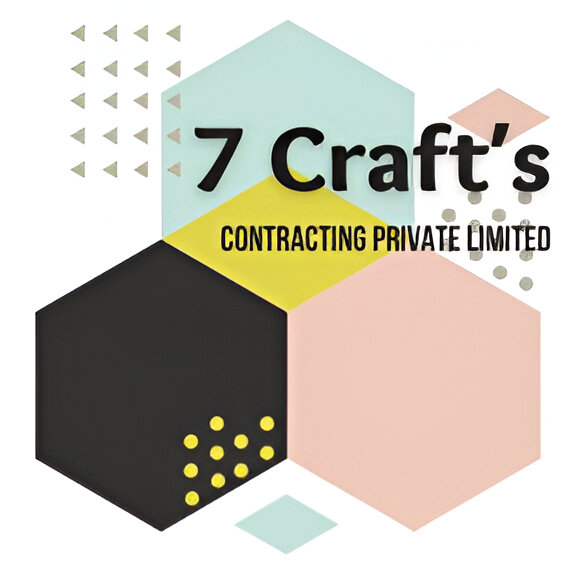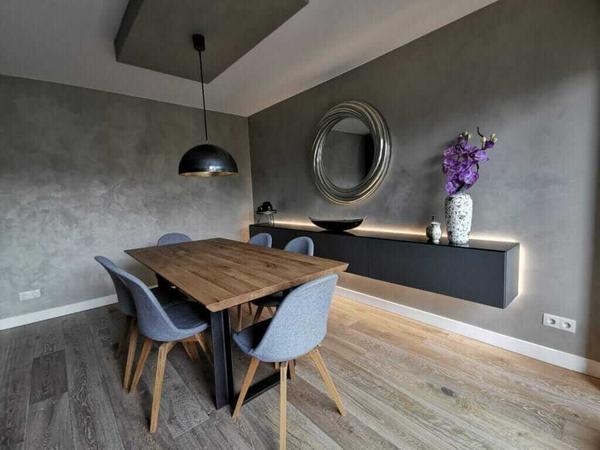Stucco is a versatile exterior finish for buildings, known for its durability and aesthetic flexibility. It's a plaster-like material composed of cement, sand, and water (sometimes with lime and other additives), applied in layers over a surface like brick, concrete, or wood. Stucco offers a range of textures, from smooth and modern to textured and rustic, allowing for diverse design styles. Key aspects of stucco finishes: Composition: Traditional stucco uses cement, sand, lime, and water. Modern stucco often incorporates Portland cement and other polymers for enhanced strength and flexibility. Application: It's applied in layers, typically over a lath or mesh base, creating a durable, weather-resistant surface. Durability: Stucco is known for its ability to withstand harsh weather conditions and is relatively low-maintenance. Aesthetics: Stucco can be customized to create various textures and appearances, including smooth, textured, and decorative finishes. Applications: It can be used on both exterior and interior walls, as well as for decorative and sculptural elements in architecture. Popular Styles: Some popular stucco finishes include Santa Barbara (smooth with a subtle variation), sand (float) finish, and lace finish. Modern Variations: Modern stucco often includes polymers for increased flexibility and resistance to cracking and weathering. Painting and Coloring: Stucco can be painted, colored with pigments, or treated with acrylic finishes for added protection and visual appeal.
Send Message
